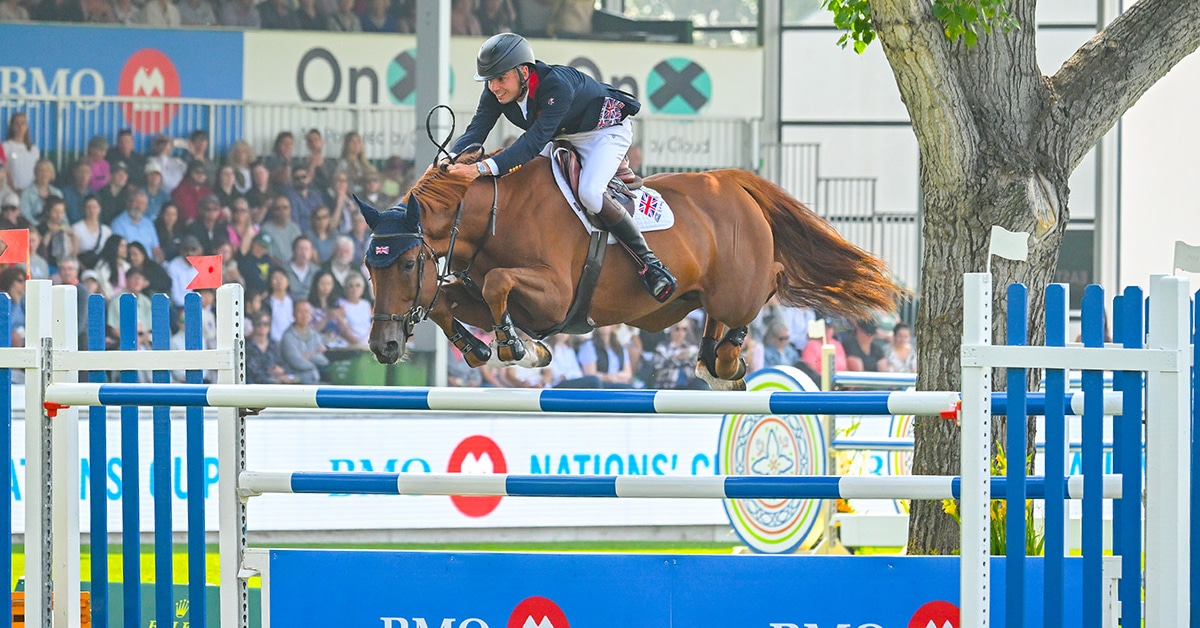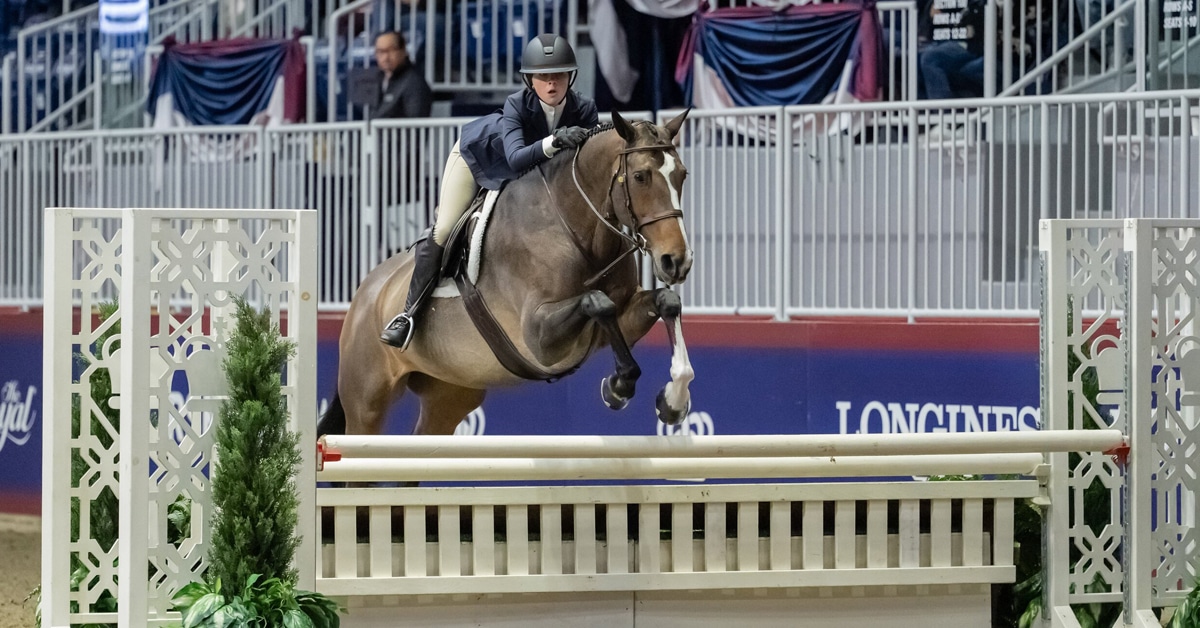Introduced in human medicine in 1953 by Inge Edler and Hellmuth Hertz, echocardiography is ultrasonography (ultrasound technology) that displays images of the heart. Adapted to equine medicine, over the last 30 years echocardiography has become a routine method to diagnose, manage, or maintain horses where a cardiac condition or disease is suspected or discovered.
Although this technique offers a plethora of information such as the shape and size of the organ, its ability to pump blood and if any tissue damage is present, an echocardiograph also supplies veterinarians with other extensive data. It can aid in estimating how the heart is performing through measurements such as cardiac output, how many times the heart beats per minute, and if any structural defects exist such as a leaking valve, abnormal chamber or wall size, or abnormal contractile activity, among other abnormalities.
With the echocardiograph providing such a wealth of information in regards to a horse’s overall cardiac health, the next logical step in the continual quest to produce future generations of equine champions would be to determine if this technique could be utilized to establish a link between the size of a horse’s heart and what type of athlete he or she will become. While promising, the science of echocardiographs and their utility in that application has yet to etch that correlation in stone.
“That would certainly be the holy grail,” said Dr. Peter Heidmann, a board certified internal medicine specialist at Palm Beach Equine Clinic (official veterinarians of the Winter Equestrian Festival and the Adequan® Global Dressage Festival in Wellington, FL) and owner/hospital director of Montana Equine Medical and Surgical Center in Three Forks, MT. “Even with all the technological advances in echocardiograms over the last three decades, unfortunately we are still not at the point where we could use this type of a test as a scientifically-validated measurement of how large a horse’s heart is and if heart size relates to athletic performance. The research is simply not established or conclusive at this point in time, but is exciting there is no ceiling on it and in the future it very well could be.”
PROMISING STUDIES – A PIECE OF THE PUZZLE
“Athletic training in horses results in profound effects on cardiac morphology,” commented Dr. Lesley E. Young, BVSc, PhD, of the Centre of Equine Studies of Newmarket in the UK. “Sports-specific adaptations to exercise occur in the horse, as in other athletic species, and we have recently shown that these responses are appropriate to the endurance component of the horse’s primary athletic discipline. The average increases in relative cardiac dimensions in horses subjected to training are large, ranging from ten to 33 percent.”
This theory was provided credence by a Danish echocardiographic study published in 2005 in the Journal of the American Veterinary Medical Association of 132 Standardbred trotters. The horses, two-year-olds that had yet to enter training when the study commenced, were examined on four occasions every six months. The team from Denmark’s Royal Veterinary and Agricultural University then reviewed this information in conjunction with how intense each horse’s training was and how they performed on the track.
“Results suggest that age must be taken into account when interpreting results of echocardiography in young Standardbred racehorses, because significant cardiac enlargement takes place with age and training,” concluded the study. “A larger heart was found in horses that were racing, and size of the heart was correlated with athletic performance of the horse.”
The authors, however, also stated “excellent cardiac function is only one of the important requirements to become a successful athletic horse,” and “This study design was not able to define the extent to which normal physiological growth, training, management, and genetic effects separately influenced the degree of cardiac changes.”
Another study published in 2005 in the Journal of Applied Physiology, utilizing a group of 482 Thoroughbreds that raced over jumps and on the flat, also demonstrated that larger hearts were indicative of an improved athletic performance through the use of echocardiographic measurements.
“This data provides the first direct evidence that cardiac size influences athletic performance in a group of mammalian running athletes,” the authors wrote.
Like their Danish colleagues, the researchers reminded readers their results should not be construed as an absolute rule that heart size was the primary factor in gauging a horse’s present performance or future ability to perform. “Nevertheless, although our results support the hypothesis that small changes in the endurance component of athletic training might result in differences in cardiac morphology within a homogenous group of mammalian running athletes, other additional influences must still be considered,” the researchers said.
Another study published in 2014 in the American Journal of Veterinary Research incorporated echocardiography to research the difference in heart size between elite and non-elite Arabian endurance horses. Although their study group was significantly smaller, with 23 elite subjects and 11 non-elite subjects, the authors came to the same conclusion as previous researchers.
“The left ventricular internal diameter during systole and diastole and left ventricular mass and stroke volume were significantly greater for horses in the elite group, compared with those for horses in the non-elite group,” they stated. “The final logistic regression model correctly predicted the horse status for all of the horses in the elite group and 8 of 11 horses in the non-elite group. Results indicated that heart size was significantly associated with performance for Arabian endurance horses in a manner similar to findings for Thoroughbred and Standardbred racehorses in active competition.”
STATISTICAL ROADBLOCKS
One of the largest obstacles to utilizing echocardiography as a tool to define a horse’s heart size, and ultimately their level of performance, is the fact there is such a variety of breeds around the world and just as many different disciplines in which the animals are actively engaged. In order to create a scientific model, years of research in all corners of the globe would have to be conducted merely to gather enough statistics to establish a starting point.
“There is no baseline,” Heidmann said. “We have to know what the average heart size is for each breed, or if all breeds are the same. There simply is not enough information available at this time to even embark on producing that baseline. Also, the populations used for many of the studies that are available do not have a large enough number of horses in them to gain an adequate picture or a clear answer.
“Another problem is we would have to measure these horses at various intervals over a number of years to know if age is a factor in a horse’s heart growing larger, or if that is from what is referred to as the ‘athletic heart,’ meaning a horse’s heart, just like a human’s, increases in size from physical training.
“The subject may appear daunting, but as I mentioned earlier, the sky is truly the limit with the use of echocardiology with horses,” he continued. “That inspires me when I think some clients will come to me in the future and ask me to perform an echocardiograph to see how their horse will perform. To imagine it is possible and that I will be able to say yes, when everyone is looking for their next champion, is an incredible thing.”
EXERCISE’S EFFECTS ON HEART SIZE
A horse’s heart is roughly the size of a large melon and consists of the left and right receiving chambers, left and right pumping ventricles, left and right inflow valves and outflow valves, and attached inflow veins and outflow arteries. The left side of the heart gathers oxygenated blood returning from the lungs and pumps it to the body through the aorta. The right side collects blood filled with cellular waste (especially carbon dioxide) from the body and delivers it for excretion via the lungs through the pulmonary artery.
A heartbeat consists of a contraction/ejection phase, or systole, and a relaxation/filling phase, or diastole. The heart is triggered to contract by electrical cues from the sinoatrial and atrioventricular nodes, which in turn, stimulate the coordinated muscular activity.
Stroke volume is the amount of blood pumped in each beat, and in an adult horse at rest, it can range from 25 to 40 liters per minute. However, horses in training can increase their stroke volume by up to 50 percent.
Like a horse’s tendons and bones, the heart muscle remodels in response to exercise and can increase in size from ten to 30 per cent, depending on the training regimen. Endurance training increases the overall size of the heart’s left chambers, while sprint training increases the thickness of the ventricle walls. These adaptations enable the heart to pump greater quantities of oxygenated blood more efficiently. The spleen can hold up to 30% of total blood volume, further enhancing oxygen-carrying capacity, provided the heart is strong enough to effectively pump the extra red cells through the horse’s entire circulation.
The Latest









